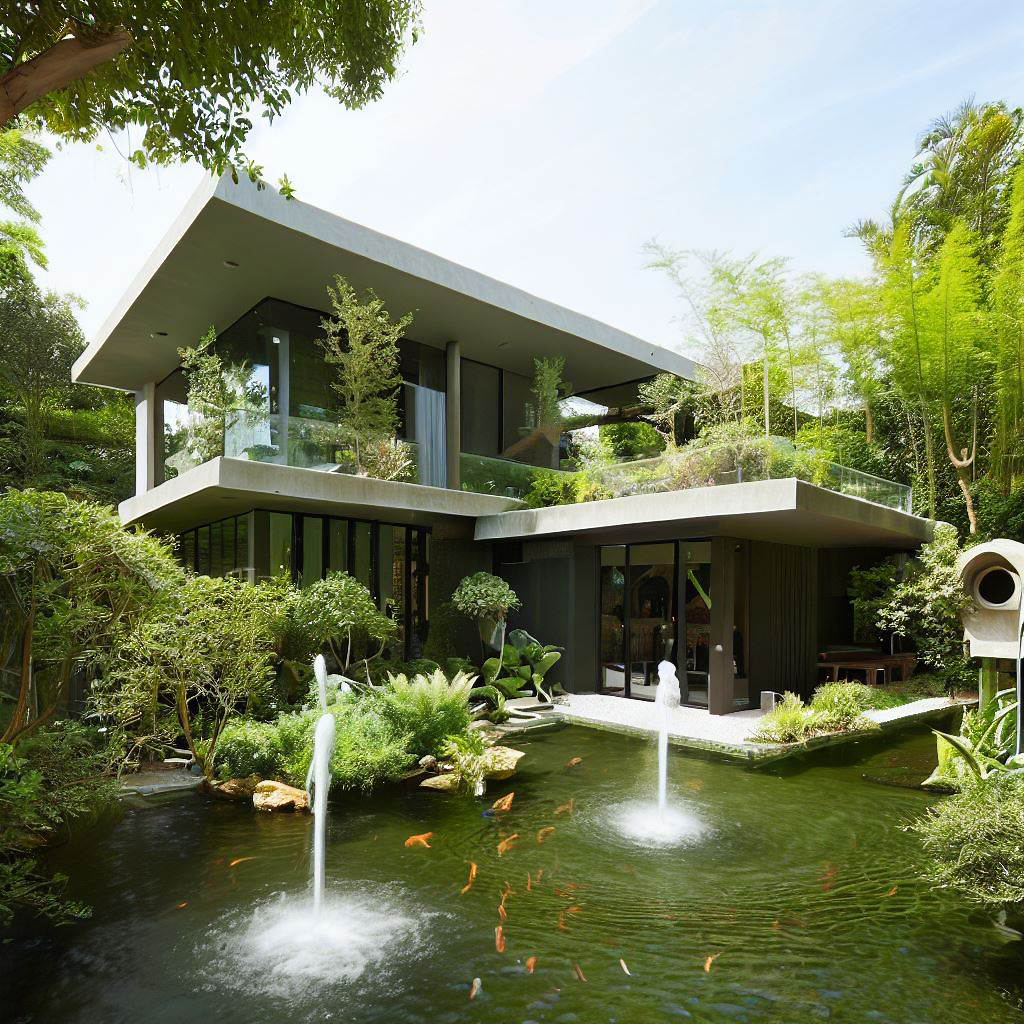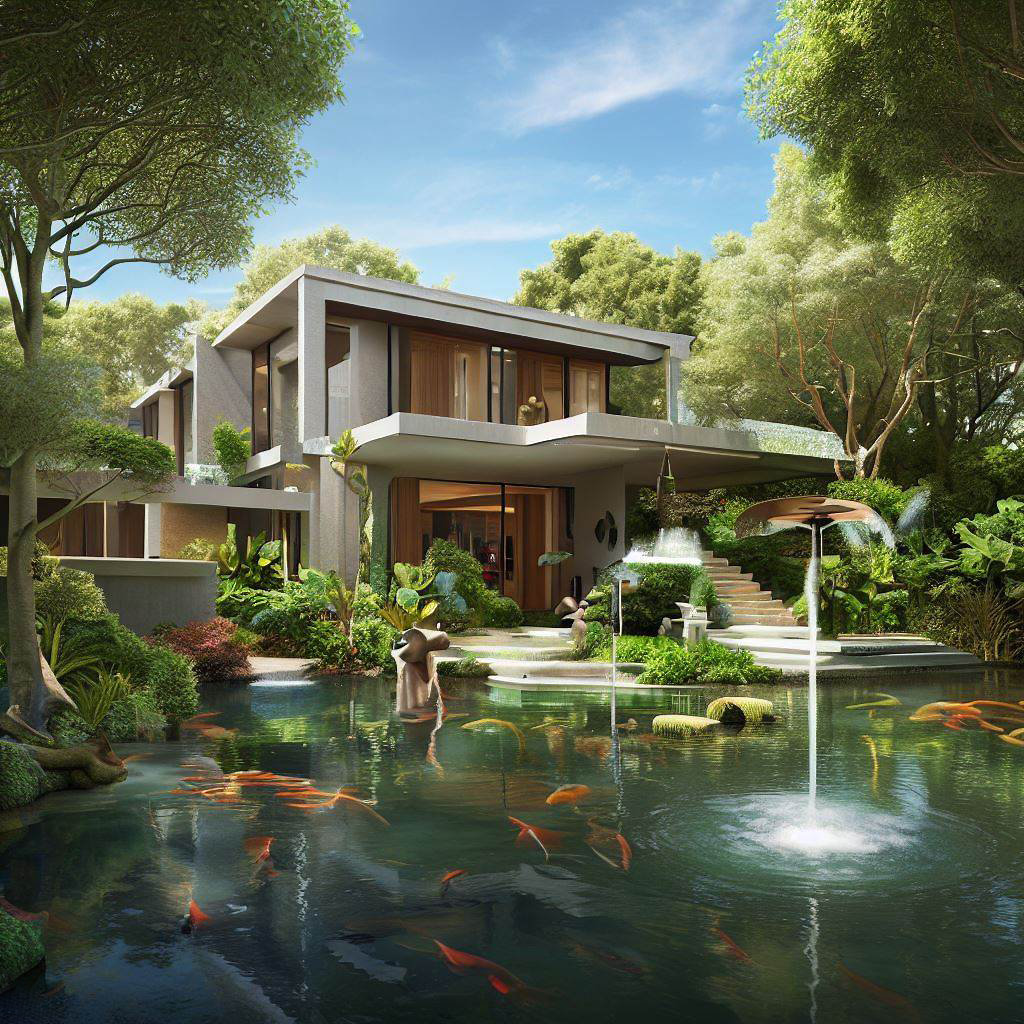Many terminologies are in use for environment friendly buildings. Often, they are used interchangeably. However, each has a slightly different meaning or let’s say focus. Below I try to share 13 terms in common use by environmentalists and what each term stands for.
1. Green Building:
This is the industry and market favoured term. Implies building is designed to reduce the overall impact on the environment and human health by focussing on efficiently using energy, water, materials, protecting occupant health, improving employee productivity, and reducing pollution. Popularised a lot by USGBC & LEED it also indicates building saving utility costs to owner.
2. Sustainable Building:
A sustainable building is one that minimizes its environmental impact through resource conservation (water, energy, waste, materials) and promotes the well-being of its occupants. It emphasizes long-term ecological balance ensuring that the building’s lifecycle has minimal adverse effects on the natural environment. The term further also refers that building contributes positively to the surrounding community.
3. Net Zero Building:
A net zero building is a structure with zero net energy consumption, meaning the total amount of energy used by the building annually is roughly equal to the amount of renewable energy created on the site. These buildings typically integrate highly efficient envelopes, active systems, lots of on-site renewable energy sources such as solar or wind power and are grid-connected. The term may be used in context of net zero energy (NZEB), net zero energy cost or net zero carbon emissions.
4. Net Positive Energy Building:
Extension of the net zero energy building concept, these buildings produce more energy than they consumes annually on site. Surplus energy like electricity from PV’s will be fed back into the grid.
5. Carbon Neutral Building:
Similar in meaning to net zero carbon, a carbon neutral building aims to minimise carbon emissions by balancing carbon emitted with carbon offset or removal technologies, often through renewable energy generation and carbon offset projects. The goal is to reduce impact of building’s carbon footprint to zero even if done by utilising carbon savings done in another geographical location.

6. Ecological Building:
An ecological building focuses on creating structures that are in harmony with the natural environment, promoting biodiversity, and minimizing disruption to ecosystems. These buildings often use natural materials, incorporate lots of green spaces, and considers building within the entire ecosystem, minimises its impact, including air, water, flora, and fauna, to create a balanced and sustainable living environment.
7. Passive Solar Building:
A passive solar building leverages building science to naturally collect, store, and distribute solar energy for heating and lighting. It’s highly dependent on the climate & solar movement of a place for its performance. This is achieved without the use of mechanical systems, through strategic placement of windows, use of thermal mass, and other architectural elements that enhance energy efficiency.
8. Regenerative Building:
A regenerative building aims to go beyond ecological building by actively restoring and renewing the surrounding environment. These buildings not only minimize harm but also have a positive impact on their ecosystem, often enhancing biodiversity, regenerating natural resources, and improving the health of the environment. The goal is to create a net positive impact, contributing more to the environment than is taken away by the building activity.
9. Living Building:
A living building is philosophically aiming to function like a living organism does in its ecosystem. Buildings produces own energy, purifying its own water, and promoting the health and well-being of its occupants within ecological limits of site. This concept is guided by the Living Building Challenge, and is very similar to term regenerative buildings.
10. Biophilic Building:
Biophilic design integrates exposure to natural elements within the built environment to enhance human well-being and productivity. This approach includes using natural materials, maximizing natural light, and incorporating indoor plants and water features etc. It may aim enhance natural ecosystems.

11. Smart Building:
A smart building uses advanced technology to optimize energy use, enhance the comfort and safety of occupants, and improve the efficiency of building operations. This includes the use of sensors, automation systems, and data analytics to monitor and control various building systems.
12. Low-Impact Development (LID):
LID is an approach to land development that works with nature to manage stormwater as close to its source as possible. It involves using design techniques that infiltrate, evapotranspire, and reuse stormwater to protect water quality and maintain the natural hydrology.
13. Cradle to Cradle (C2C):
Cradle to cradle is a sustainable design philosophy that considers the entire lifecycle of a product, from creation with safe and renewable materials to its end-of-life decommissioning, where all materials are reclaimed and reused without waste. In architecture, it means designing buildings with materials that can be fully recycled or safely returned to the environment.
So hoping next time we hear one of the above terms we will be better prepared to understand the subtle focus indicated. If you know of another term that needs adding to the list above, do write to me.
Author : Harsh Thapar , an architect and sustainability designer
Source : various internet resources and authors personal experience
